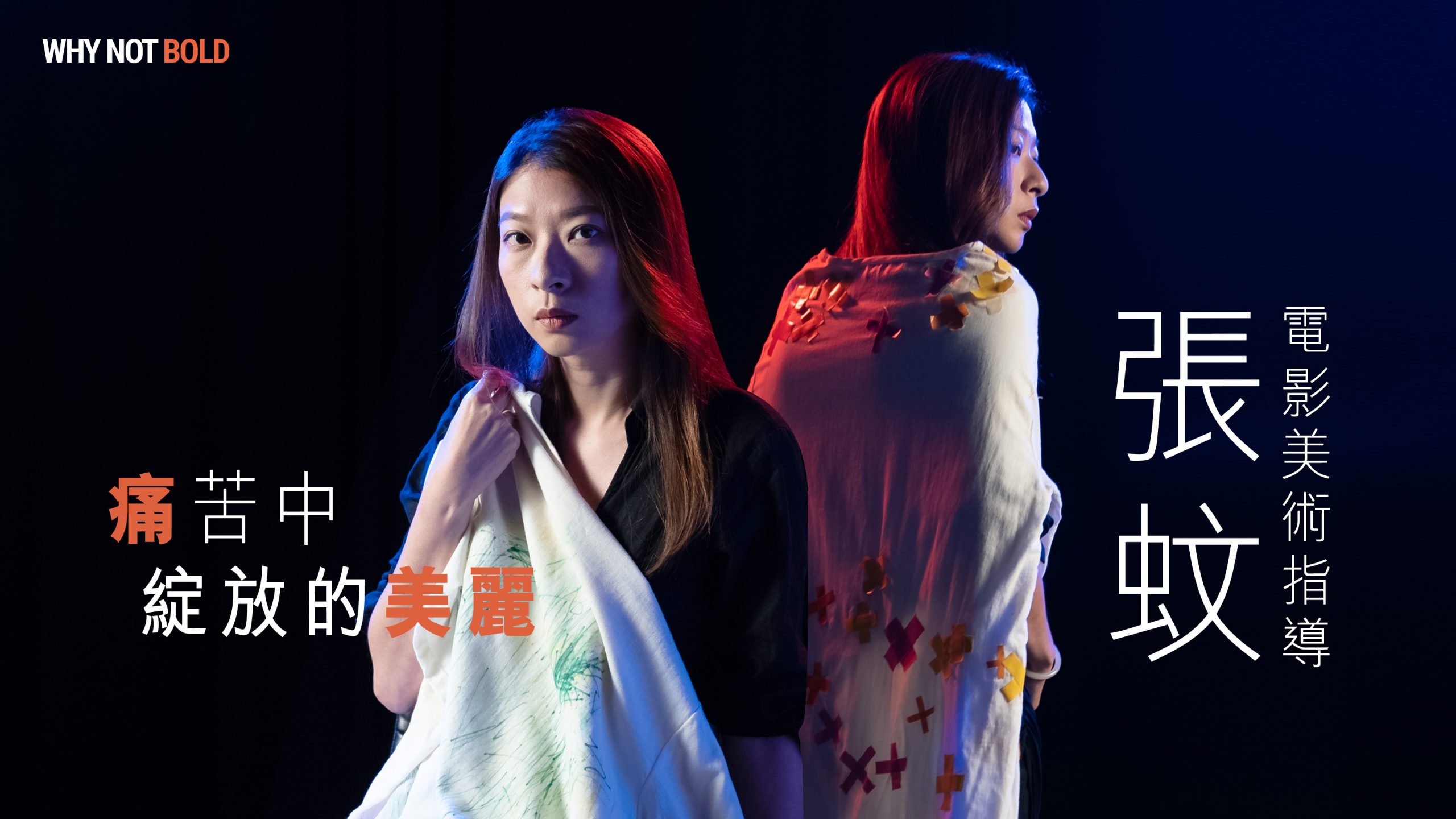There exists a captivating profession known as the Art Director in the film industry, who are responsible for crafting and designing the visual style, captivating settings, intricate sets, mesmerising costumes, and more. Their profound ability can be best described by a quote from William Cheung, “They enable the cinema audience to sense the very air of the film.” This perfectly encapsulates the extraordinary work carried out by Art Directors.
Irving Cheung, a name renowned within the industry. Since the tender age of fourteen, she has been immersed in the world of filmmaking. With a remarkable five nominations for Best Art Direction at the Hong Kong Film Awards, her achievements are awe-inspiring. Yet, beneath the surface, there is another side to her story. She courageously battles a severe case of scoliosis, having undergone three major surgeries and lost a staggering nine litres of blood (while a person has only five litres). A proud badge of her journey is an eighteen-inch scar adorning her back, where screws were removed and implanted. Today, her spine stands as a testament to unwavering strength, adorned with a tapestry of dozens of screws.
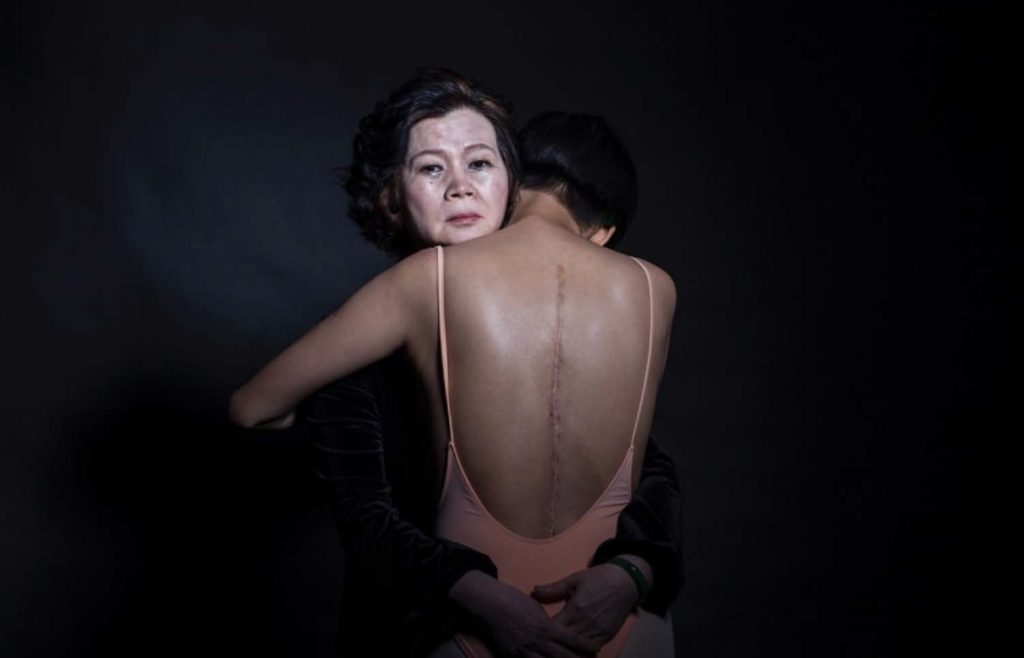
Irving Cheung has a fear of pain.
What she fears the most is the kind of pain that is witnessed by those around her.
During the year she pursued her Master’s of Fine Art, Irving Cheung was studying the intricate connection between physical and mental pain. Each time she underwent major surgery, she was confined to bed for months, relying on morphine to alleviate the pain, accompanied by a cascade of dreams and hallucinations. Unable to work or move for months on end, she became completely dependent on her family’s care. For someone who was deeply passionate about her work, this was a traumatic experience. Seeing her mother’s distress and hair loss added to her feelings of compassion and guilt. “Why do I exist in this world if I only bring trouble to others?” The agony of both the soul and the body subjected her to relentless torment.
As an art director, she had her own unwavering devotion to aesthetics. “I’m extremely meticulous in my work, ensuring perfection in every frame before the camera starts rolling”, she emphasised. However, when faced with the eighteen-inch scar on her body, this perfectionist artist, a true Virgo, found the ability to let go. “Now, I am who I am. Having scars doesn’t diminish perfection. No one is flawless.”
Three Painful Dresses
Irving transformed her “pain” into three extraordinary dresses.
Among them was the evening gown she wore on her wedding night.
Even while bedridden and struggling to breathe, she felt a creative blockage. However, she found solace in art, using it as a means of healing and embracing her trauma. “During my second surgery, I asked the doctor to document the entire procedure with a medical camera”, she shared. Although only the first six hours of the thirteen-and-a-half-hour surgery were captured due to technical issues, it took her eight months to watch the footage. It was like peering directly into her own body. Initially, she attempted to condense the one-hour footage into just one minute, but it didn’t feel right. Then she had an idea: she transformed these raw, visceral scenes into vibrant colours, envisioning them as artworks created by someone else. Finally, she confronted her wounds and faced them with courage.
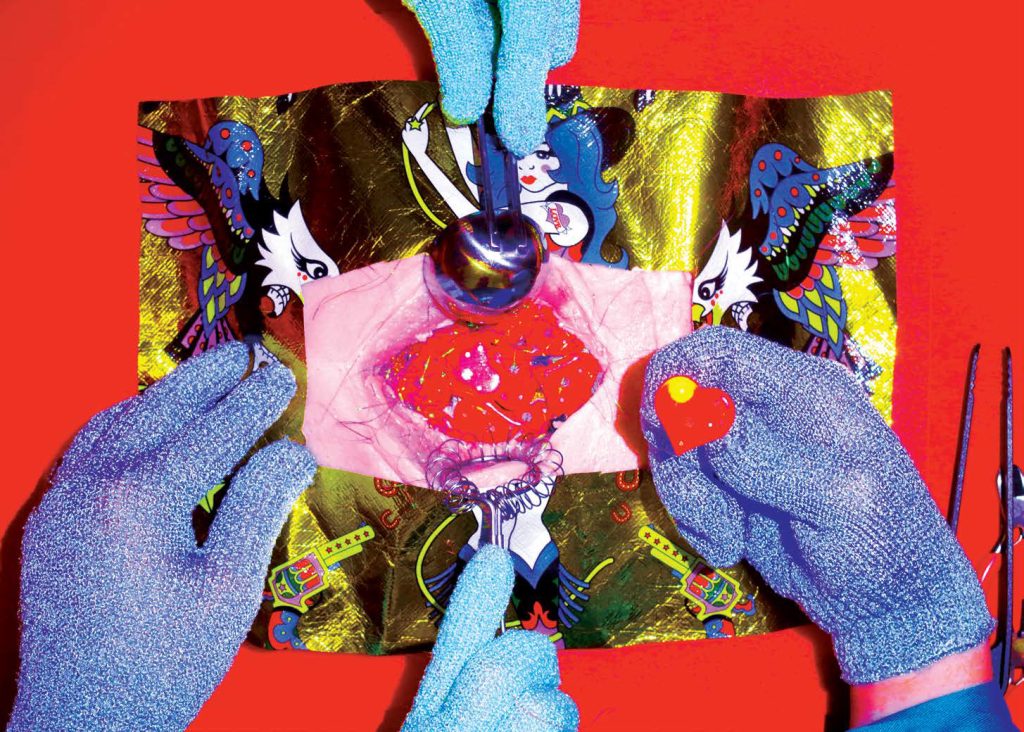
Video 13:28 minutes
However, her “healing journey” was far from over.
She took screenshots from the footage and printed them onto fabric, creating her wedding evening gown. Everyone admired the beauty of her personally designed gown, yet no one knew that these stunning patterns originated from her inner scars. Without disclosing the truth, she found solace in the act of sharing, comforting her own wounds along the way.
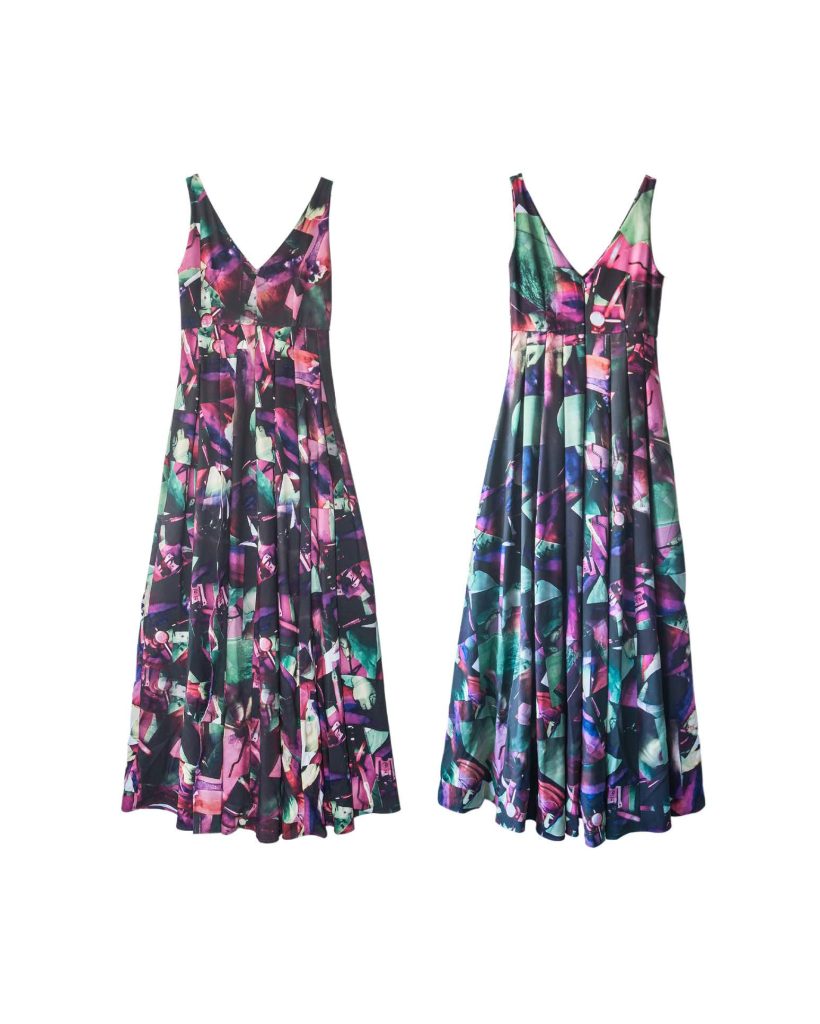
Garments (back & Front)
Another piece she called “The Pain Dress”.
“I never imagined I could blend art with my film work”, she confessed. Film shoots often stretched for hours, and she relied on medications to ease the physical pain, hoping it wouldn’t hinder her performance.
Curiosity sparked within her: how many parts of her body would ache throughout the day? Seizing a roll of gaffer tape on set, she crafted makeshift crosses and affixed them to the points of discomfort. With each pang, she added another piece, forming a striking tapestry on her dress. After enduring an exhaustive eighteen-hour workday, she marvelled at how the unseen torment had metamorphosed into a captivating tableau adorning her attire.
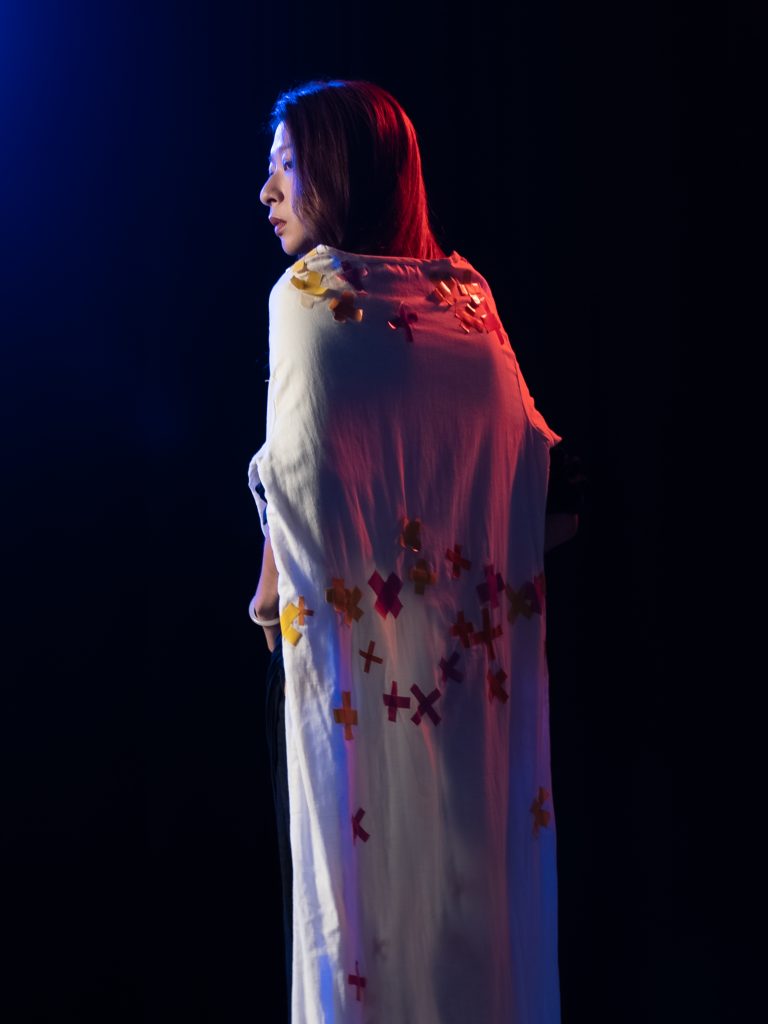
Thus, she set out to explore the visualisation of intangible sensations, resulting in the creation of the “Itchy Dress”.
After all those surgeries, she was occasionally plagued by the sensation of crawling ants, a residual effect of damaged nerves. To alleviate this discomfort during work, she ingeniously strapped a pen to her hand, scratching away the persistent itch. Though unspoken, the presence of this discomfort was undeniable. propelled her to create this green dress. “Was it the pain that fueled my creativity, or did creation itself serve as a healing balm for the pain? It’s both, I suppose. But I lean towards this being a way to help myself.” she revealed. “I never intended to exhibit or showcase my creations to a wide audience. The most important audience is myself.”
Simultaneously engrossed in her work as an Art Director, she also candidly shared her personal journey of battling illness. Unbeknownst to her, her openness drew inquisitive inquiries from families of patients seeking solace. She willingly offered assistance, finding fulfilment even in the unexpected extension of her impact.
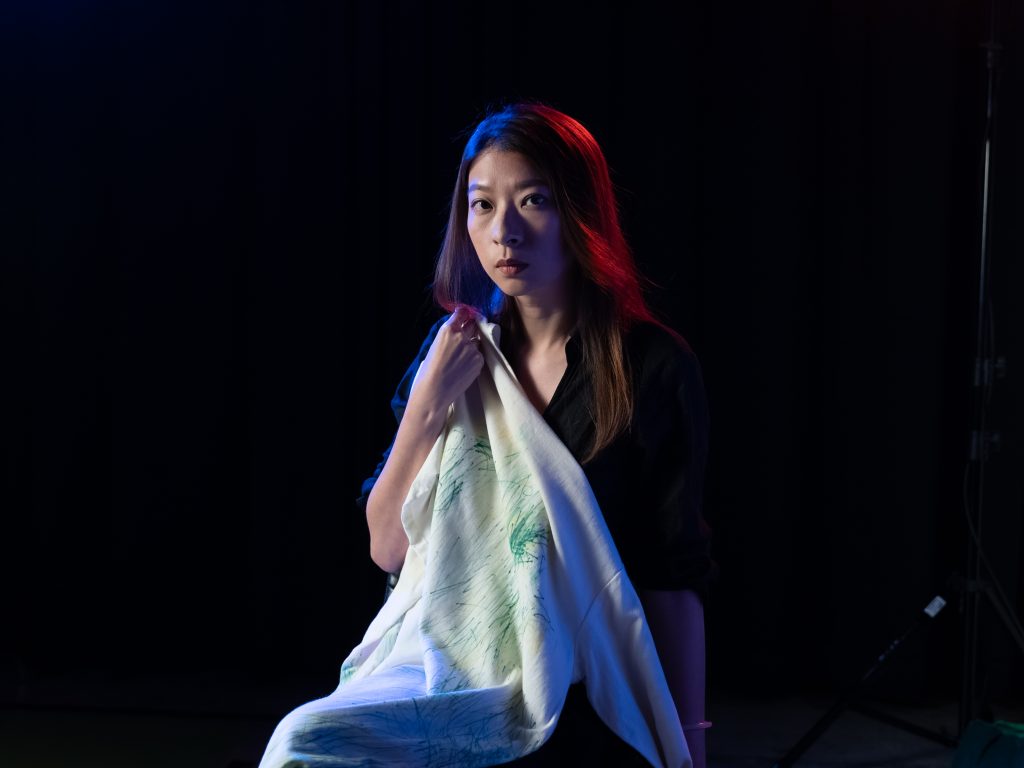
Life is an extravagant gown, riddle with lice.
Eileen Chang
Doubt life, go create
Life isn’t always a comedy. Irving nonchalantly brushes off the countless mishaps, but when it comes to the pandemic, even she can’t help but nervously laugh at the uncertainty. “I had a year and a half jobless last year, haha! There are so many uncertainties in life, both personally and financially. It feels like the whole world is in turmoil, not just me. But you can’t just sit back and wait for things to get better”, says Irving. She’s a woman of action. After waiting for half a year with no sign of improvement, she made a bold decision to start her own brand, Elf Lab. She discovered a passion for tufting, a form of art that allowed her to express herself and find solace in the creative process. Elf Lab became her personal haven for creation. Though the store may be compact, as she puts it, in films, even small spaces can hold extraordinary scenes. She refuses to let limitations stifle her imagination. “Even with just a small touch, you can infuse the space with excitement and fall deeper in love with it.” So in her cosy shop, she sells handmade items, conducts tufting workshops, and showcases the works of local artists. Occasionally, she also organises sessions on art and life.
Apart from Elf Lab, she ventured into directing and established Mitsu Visual, a film production company. “Directing allows me to infuse my personal experiences into the stories and characters. Whether the characters resemble me or not, they all have their own vulnerabilities and passions”, she shares. The ups and downs of her life have become essential elements in her creative endeavours.
I’ve never had a comfort zone because I’ve never felt the need to create one
Irving Cheung
Throughout her journey, from being a makeup artist to becoming a boss and now a director, Irving’s stride never seems to pause. “I’ve never struggled to step out of my comfort zone because I’ve always been stepping out… Hahaha! I don’t have a comfort zone because I never needed one. Once you truly know yourself, wherever you go feels comfortable.” During her childhood summer vacations in Hong Kong, she would always ask her sister where she was filming. In those days without Google Maps, she would take the subway and ask for directions. Getting lost in the process was exhilarating for her. Not knowing the exact location allowed her to see a different side of Hong Kong, through the eyes of a tourist. “You are afraid when you’re lost because you never expected it. But when you realise that being lost is actually a good thing, you learn to embrace it.” Getting lost, as it turns out, is a positive experience because it brings forth unexpected encounters, both good and bad. She has found happiness in the journey of being lost.
And that’s how she has taken each step, one after another.
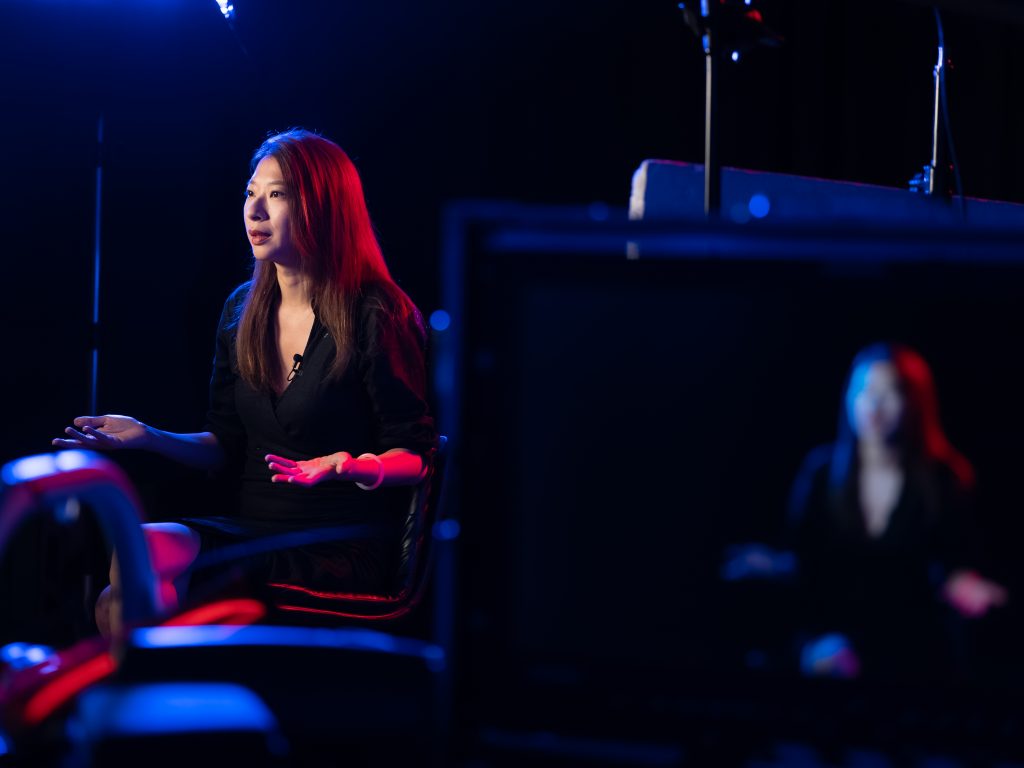
This mindset actually allows her to handle things in her work more effortlessly. In filmmaking, they often encounter challenging situations. “We often say on set that there are daily ‘troubles’ (unexpected challenges), but it depends on how you handle them. Once you handle it, it’s no longer a problem. Your state of mind should always be ready to solve the problems that arise every day,” she explains. Isn’t it tiring? “At the same time, you need to know what brings you happiness,” she admits. She is currently experiencing a somewhat challenging period, and besides expressing herself through creativity, she also shares with her friends. “You have a lot to say, but it’s not necessary for the other person to fully understand. It’s through the process of expressing yourself that you realise things are not as overwhelming as they seem,” she says. “It’s like Tony Leung’s tree hole.”
In the past, when people had secrets in their hearts,
Dialogue from In the Mood for Love (2000)
they would go up the mountains, find a tree, dig a hole,
and confide the secret to the hole before sealing it up.
Filmmaking makes it difficult to be kind to oneself.
There were times when she had been so immersed in filming that forgot how to sleep.
Closing eyes? Then what comes next? It seems that filmmaking can lead to losing touch with the basic instincts of life. When she is constantly consumed by thoughts of problem-solving during filming, she loses focus on the distinction between living and merely surviving. Irving likens the film industry to a cult, and she proudly considers herself a devout follower. She may give off the impression of relentlessly pushing forward in her career, but how does she manage to overcome the physical strains, such as back pain, and continue her work as an Art Director?
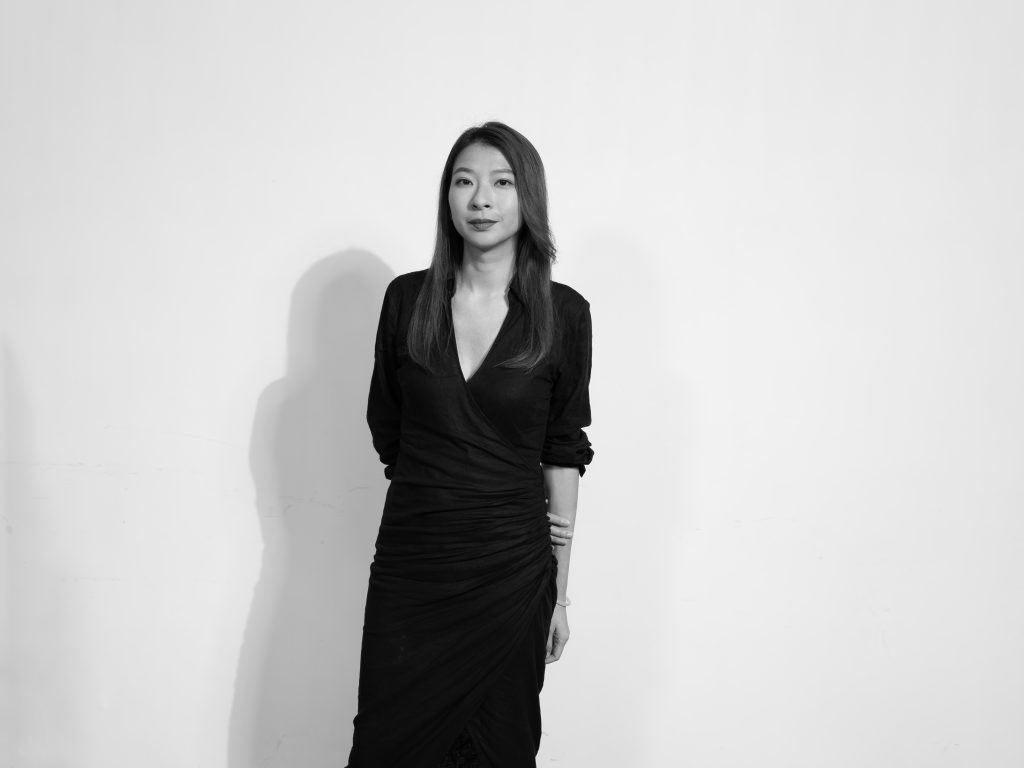
“Neither the words ‘persistence’ nor ‘giving up’ have ever appeared in my life,” she fears that one day she may no longer be able to continue working, unsure if there will come a time when she can no longer walk the path and will have to lie in bed. So, while she can still stride with vigour, she perseveres through any hardship, driven by her unwavering passion. “When you genuinely love what you do, there is no need for force or insistence.” She knows what she wants, with a defined direction and specific goals. She emphasises the importance of “knowing oneself”, as it allows for self-care and finding ways to make oneself comfortable. This belief has carried her through ups and downs, and she continues to shine brightly.
“Be true to yourself! Know who you are and then embrace it,” she pondered. “But first and foremost, ensure that you are in a good place. If you feel you have room for improvement, focus on personal growth before fully embracing your authentic self, and strive to be a kind-hearted individual.”
Irving possesses a striking beauty that illuminates the room, however, what truly sets her aglow is her calm and composed demeanour, unfazed by the pressures around her. Her struggles and pains seem like a transformative journey, with no turning back. She embraces her pain with unwavering commitment. And this talented Art Director, who has created the most beautiful and successful works, named “Irving Cheung” herself.
To be continued.

